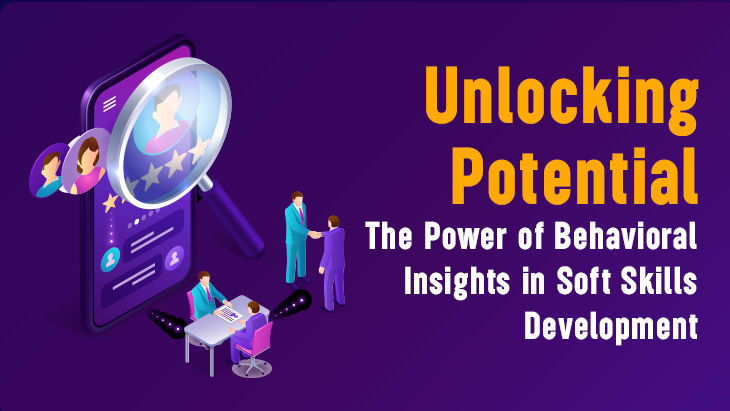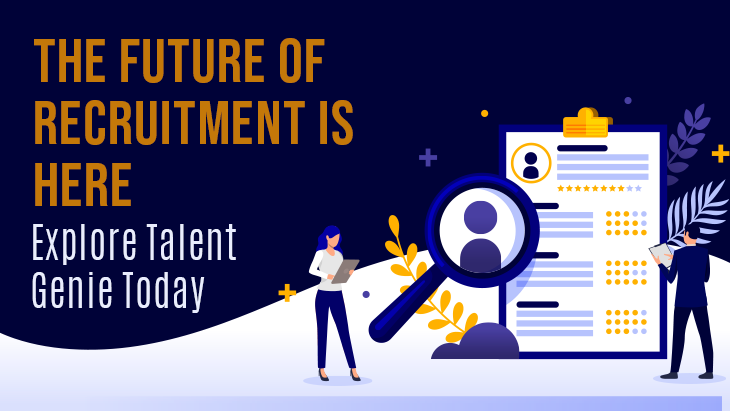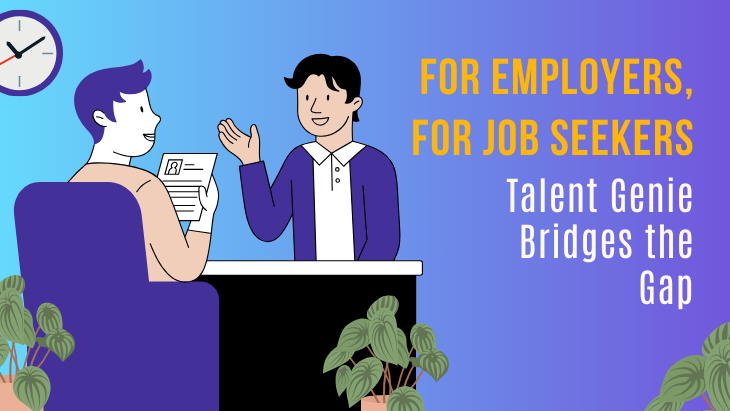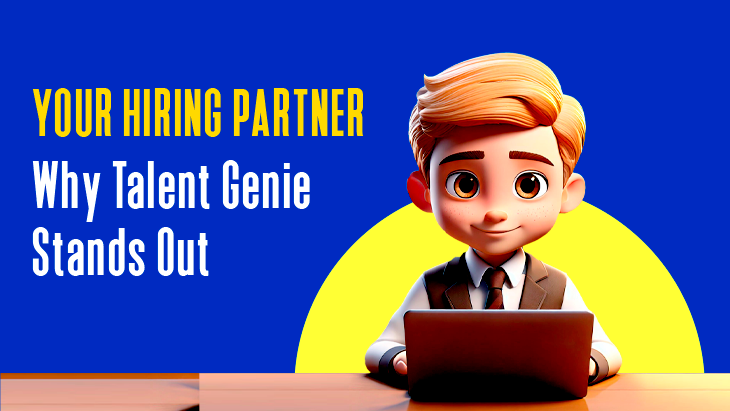Soft skills are fast becoming the keystone to success in today's fast-changing job market. Technical skills often get a person through the door, but it's the ability to communicate, cooperate, and adapt that makes him stand out as a distinctive AI Job Portal. In this context, the quest to groom a high-performance workforce that can gel itself in dynamic environments has given rise to a new power to develop soft skills at work by integrating behavioral insights into soft skills development.
Knowing Soft Skills
Soft skills are a wide set of skills relating to interaction, including communication, teamwork, problem solving, emotional intelligence, and adaptability. Soft skills are much softer than hard skills because they cannot be learned in the classroom and do not usually consist of quantifiable measures. However, their importance is immense; employers place the same value or more on the manifestation of technical abilities as they do for soft skills.
Where collaboration is a must and the essence of work becomes project-focused, working well with others and social navigation, in turn, becomes essential. This is where behavioral insights come into play.
What Are Behavioral Insights?
Behavioral insights essentially borrow from psychology, sociology, and neuroscience to understand how people decide and act in various contexts. Analyzing patterns in human behavior will help organizations better design their training programs to adopt the right kind of improvement culture and improve both individual and team performances.
These provide insights that not only give us a clue about what skills are important but also how to effectively teach and nurture the same. Using such rationalities drawn from behavioral science, organizations can craft strategies that count for the individual and are more effective in development, more meaningful, and long-lasting.
Role of Behavioral Insights in Soft Skills Development
1. Personalization of learning experience
One of the benefits of the use of behavioral insights is that learning can be done on a tailored basis. What really constitutes the process of learning differently in different people, and one shoe does not fit all in soft skills training, which mostly does not work for most individuals. Organizations can make use of behavioral data to give more unique training for every individual under their responsibility.
For example, if there is a member in the team who is not good at communication, the training program might be designed in a way to strictly force the adherence of communication skills. Such a focused approach not only boosts engagement but also the probability of learning and remembering the skill.
2. Feedback Mechanisms
The significance of feedback in the process of learning is based on behavioral insights. Feedback at each stage of learning can enable an individual to understand not only his strengths but also areas of improvement, which enables him to grow accordingly. Organizations may thus introduce structured systems of feedback that can elicit peer-to-peer evaluations, self-assessments, and manager reviews.
For instance, after a team-based project, members of the same team can conduct a focused feedback session on what went well and what didn't go so well. Apart from developing emotional intelligence through critical thinking, this also fosters team cohesion and cooperation.
3. Developing emotional intelligence
Effective soft skills are rooted in emotional intelligence, or EI, that, in its many forms, represents the coming to an awareness of how one functions and those feelings of others, so that one may exercise direct control over oneself and the selves of others. Organizations can therefore develop targeted training programs using behavioral insights that would help hone emotional intelligence.
People may acquire a better understanding of navigating complicated interpersonal relationships with the help of empathy training, active listening, conflict resolution workshops, and training programs. For example, role-playing can be considered for practice situations for different challenging workplace scenarios to practice the skills.
4. Learning Style of Growth Mindset
This can then spur a continuous development of soft skills by using the mindset of believing abilities develop through dedication and hard work. Behavioral insights can also help cultivate this mindset by reframing challenges so that they become chances to learn instead of threats to one's competence.
Organizations can foster an environment where effort, perseverance, and learning from failure are valuable. In fact, if there are compelling stories of success and ongoing improvement, employees would see challenges and growth opportunities with appreciation.
5. Encouraging Collaboration and Good Team Dynamics
One of the prime factors in a successful team is collaboration. Behavioral insights into a group may be just what the doctor ordered for organizations seeking to understand better what makes a team work and thus how to enhance teamwork. An organization can identify friction or misunderstanding through analyzing interactions in the team-areas likely to impede collaboration between team members.
Team-building activities based on behavioral science can be a boon. For instance, workshops highlighting communication style and problem-solving approach are guaranteed to bring about better understanding among individual members of a team, thus creating an environment that encourages better teamwork and productivity.
Implementation of Soft Skills Training with Practical Behavior Intelligence
Case Study: A Successful Tech Firm
Company: A technology leader recognized a need to enhance the people skills of its employees, which include communication and teamwork. It put together an employee training program that was based on behavioral insights in offering learning paths.
The employees were able to pinpoint some areas that required improvement through self-assessments and feedback. Workshops included training in effective communication, active listening, and conflict resolution, in addition to periodic sessions of providing regular feedback to monitor progress. The company eventually saw high involvement of workers, effective coordination among them, and improved overall performance.
Workshops and Training Programs
Some organizations can use a variety of behavioral training methods to help include:
Interactive Workshops: Offer workshops where employee participation is actively sought through experiential learning. Role-plays and simulations could make the session exciting and enhance retention of soft skills.
Peer Coaching: Provide the framework for peer coaching programs wherein employees can learn other soft skills from one another. The system adds the element of belongingness, besides fostering teamwork.
Continuous Learning Platforms: Use electronic platforms that provide continuous learning and resources centered on soft skills. Gamification may further enhance engagement and motivation.
Conclusion
Talent Genie's growing recognition of soft skills in today's society and integration of behavioural insights into developing soft skills can present rich opportunities for organizations and individuals. Organizations can develop the "best of best" workforce by learning experiences high on personalization, right constructive feedback, emotional intelligence, growth mindset, and teamwork enhancement.
From here, soft skills in training will be a vital resource to foster an adaptable, resilient, and high-performing workforce; that's because it fosters soft skill investment. It is not a strategy for individual development but an investment for organizational success within this ever-changing landscape.








Leave a reply